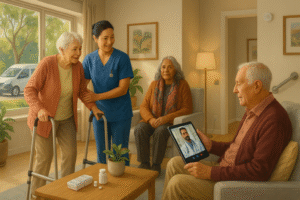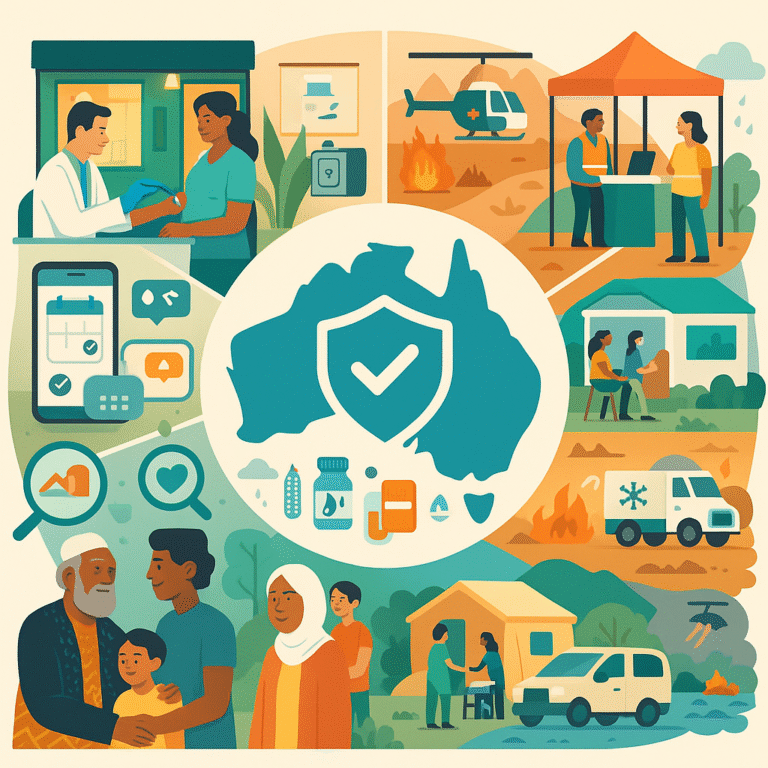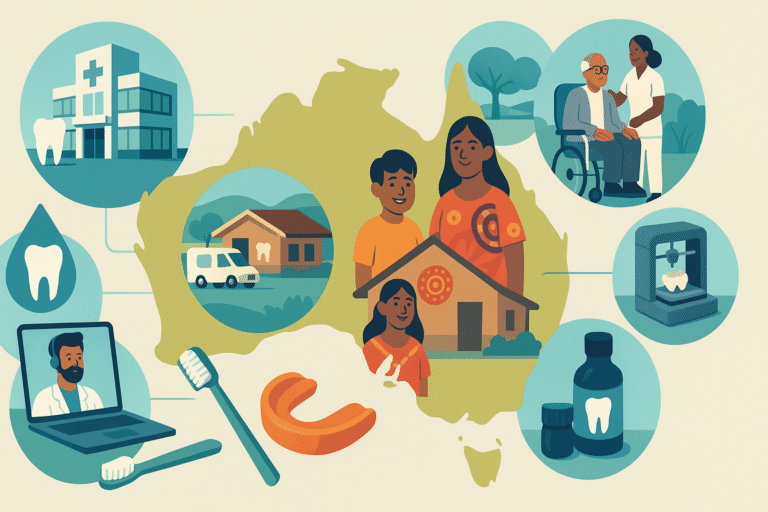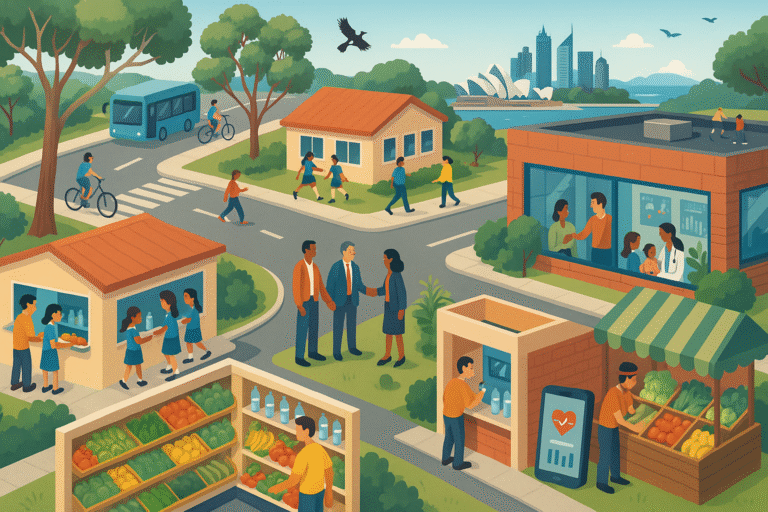Australia’s population is ageing rapidly, reshaping how health and social systems deliver support. In response, Australia’s aged care landscape spans prevention, home supports, community programs, and residential care—designed to keep older people safe, independent, and connected. The gateway is My Aged Care, the national portal where older adults and families learn options, complete eligibility checks, and arrange assessments.
Access typically begins with an ACAT/ACAS assessment to determine the right level of help. For those with light, flexible needs, the Commonwealth Home Support Programme (CHSP) funds entry‑level services—cleaning, meals, transport, social groups—so people can remain at home. When needs grow, Home Care Packages (Levels 1–4) provide a budget for coordinated care such as nursing, personal care, allied health, equipment, and home modifications. Packages are consumer‑directed: people choose the provider, negotiate a care plan, and track how funds are used.
If living at home is no longer safe or practical, residential aged care offers 24/7 support. Facilities provide personal care, clinical oversight, allied health, activities, and often specialized dementia units. Short‑term options—respite and transitional care—bridge hospital discharge, giver breaks, or stabilize health after an illness. Palliative and end‑of‑life services are increasingly integrated into both home and residential settings to uphold dignity and comfort.
Funding is shared across government and individuals. Means‑testing can apply to home packages and residential care, with safeguards so costs reflect ability to pay. The Royal Commission into Aged Care Quality and Safety (2018–2021) spotlighted systemic issues—workforce shortages, variable quality, and inadequate transparency—prompting reforms: stronger clinical governance, mandatory care minutes per resident, star ratings for quality, and new funding approaches that better reflect complexity of care.
Workforce capability is central. Providers are expanding nurse‑led models, on‑the‑job training, and career pathways to attract and retain staff. Upskilling in dementia care, wound management, and cultural safety ensures services meet diverse needs, including First Nations Elders and multilingual communities. In rural and remote areas, outreach, telehealth, and mobile allied health teams mitigate distance barriers.
Technology now underpins care quality and safety. Remote monitoring, medication management systems, and secure shared care plans link GPs, hospitals, and aged care teams. Simple tools—falls sensors, emergency pendants, smart lighting—can reduce risks at home. Yet technology must complement, not replace, human connection: social prescribing, volunteer programs, and intergenerational initiatives counter isolation and support mental wellbeing.
For families, navigation can feel complex. Practical steps include: starting with My Aged Care to map options; documenting preferences and powers of attorney early; comparing providers via published quality and pricing information; and revisiting plans as needs change. With coordinated design—prevention first, home where possible, residential when needed—Australia continues to adapt its services so older people can live well, with dignity and choice.







